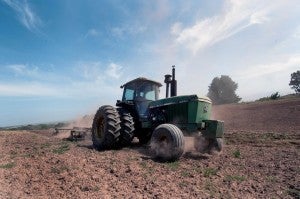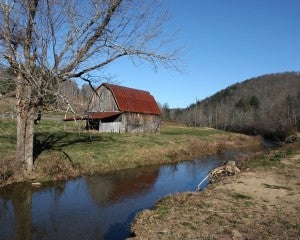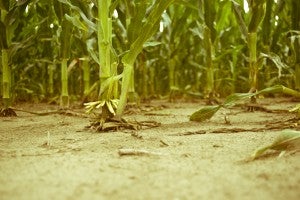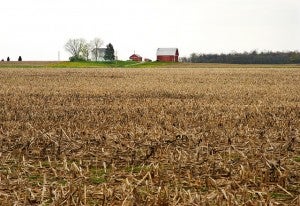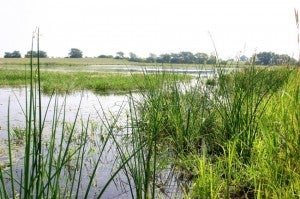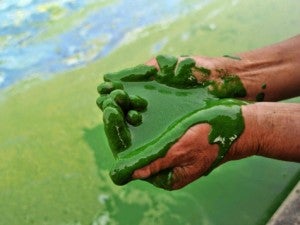
Dead zones (also called hypoxic zones) are caused by a rapid growth in algae that leads to less dissolved oxygen in the water and the death of aquatic species. Credit: Ohio Wetlands Association
It’s true that fertilizer runoff, sewage, and other pollutants from the Corn Belt have significantly boosted dead zones in the Gulf of Mexico. That’s because up to half of the fertilizer applied isn’t absorbed by crops, and in order to grow more food we’re using 20 times more fertilizer in the Corn Belt today than in the 1950s.
But even if we optimize fertilizer use on all cropland in the Upper Mississippi and Ohio River Basins, nutrients will still be lost to rivers and streams and carried into the Gulf of Mexico. Some of this loss is inevitable given factors like unpredictable weather, but my colleagues and I set out to quantify other reasons for why the Corn Belt exports so much nitrogen.
We discovered that an increase in fertilizer inputs is only one part of the problem. Three other distinct but interconnected factors also contribute to water pollution and the Gulf dead zone: the loss of perennial cover, the construction of artificial drainage systems, and the loss of wetlands. Read More










